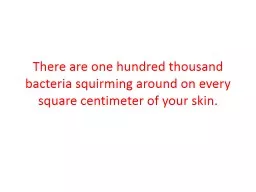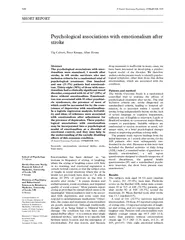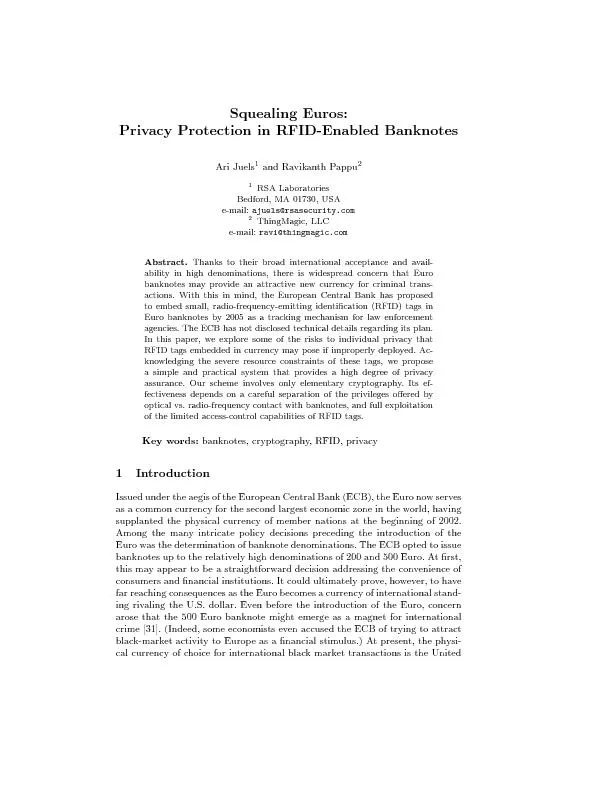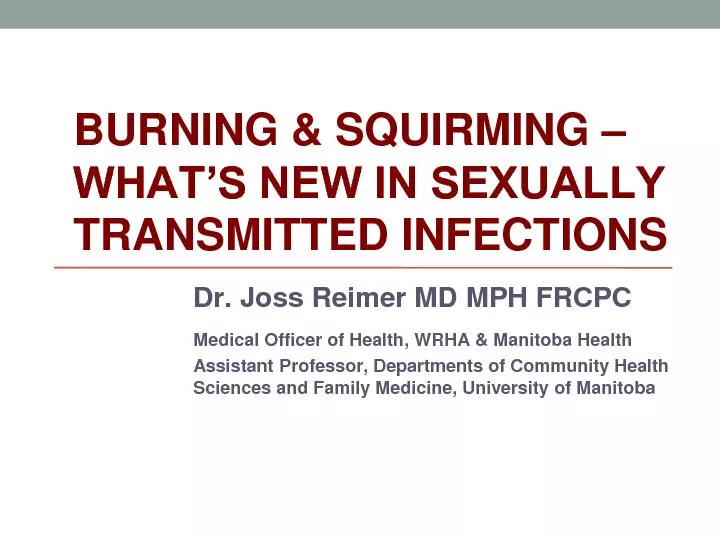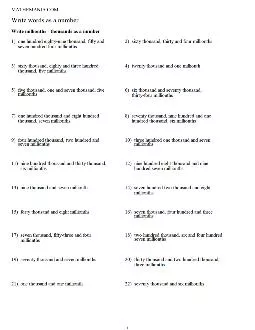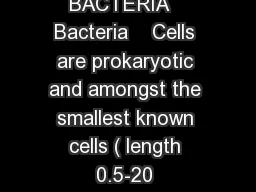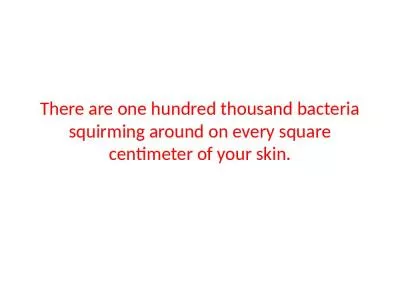PPT-There are one hundred thousand bacteria squirming around on
Author : min-jolicoeur | Published Date : 2017-04-23
Bacteria In this video clip watch for the shapes of the different bacteria Bacteria Parts of a bacteria see board for diagram Cell wall eubacteria with peptidoglycan
Presentation Embed Code
Download Presentation
Download Presentation The PPT/PDF document "There are one hundred thousand bacteria ..." is the property of its rightful owner. Permission is granted to download and print the materials on this website for personal, non-commercial use only, and to display it on your personal computer provided you do not modify the materials and that you retain all copyright notices contained in the materials. By downloading content from our website, you accept the terms of this agreement.
There are one hundred thousand bacteria squirming around on: Transcript
Download Rules Of Document
"There are one hundred thousand bacteria squirming around on"The content belongs to its owner. You may download and print it for personal use, without modification, and keep all copyright notices. By downloading, you agree to these terms.
Related Documents

